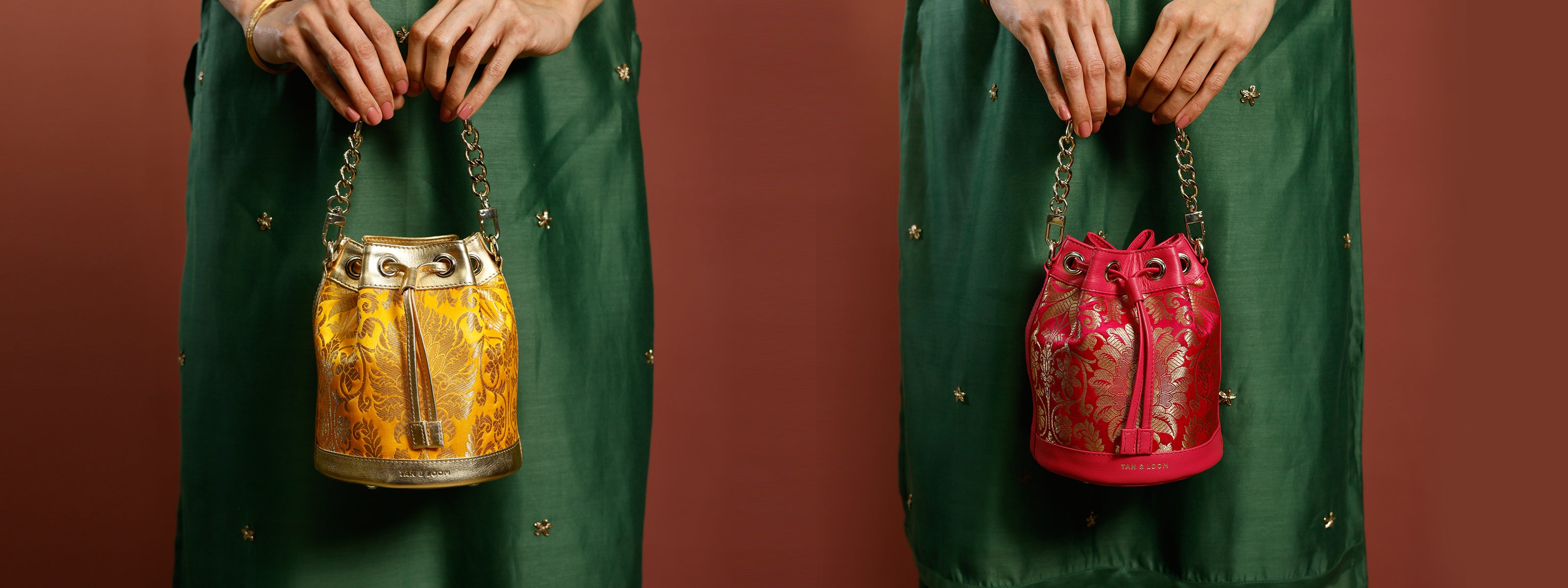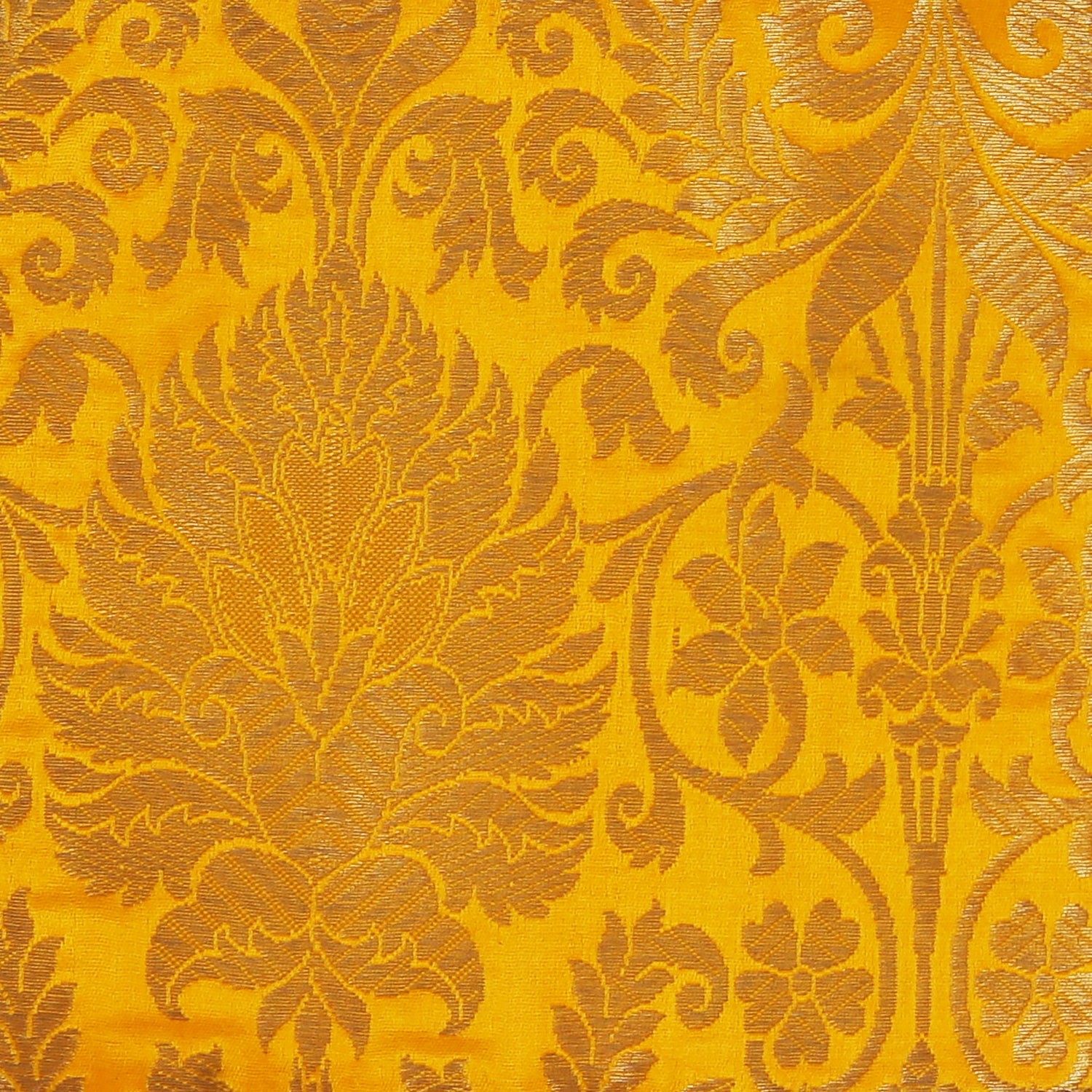
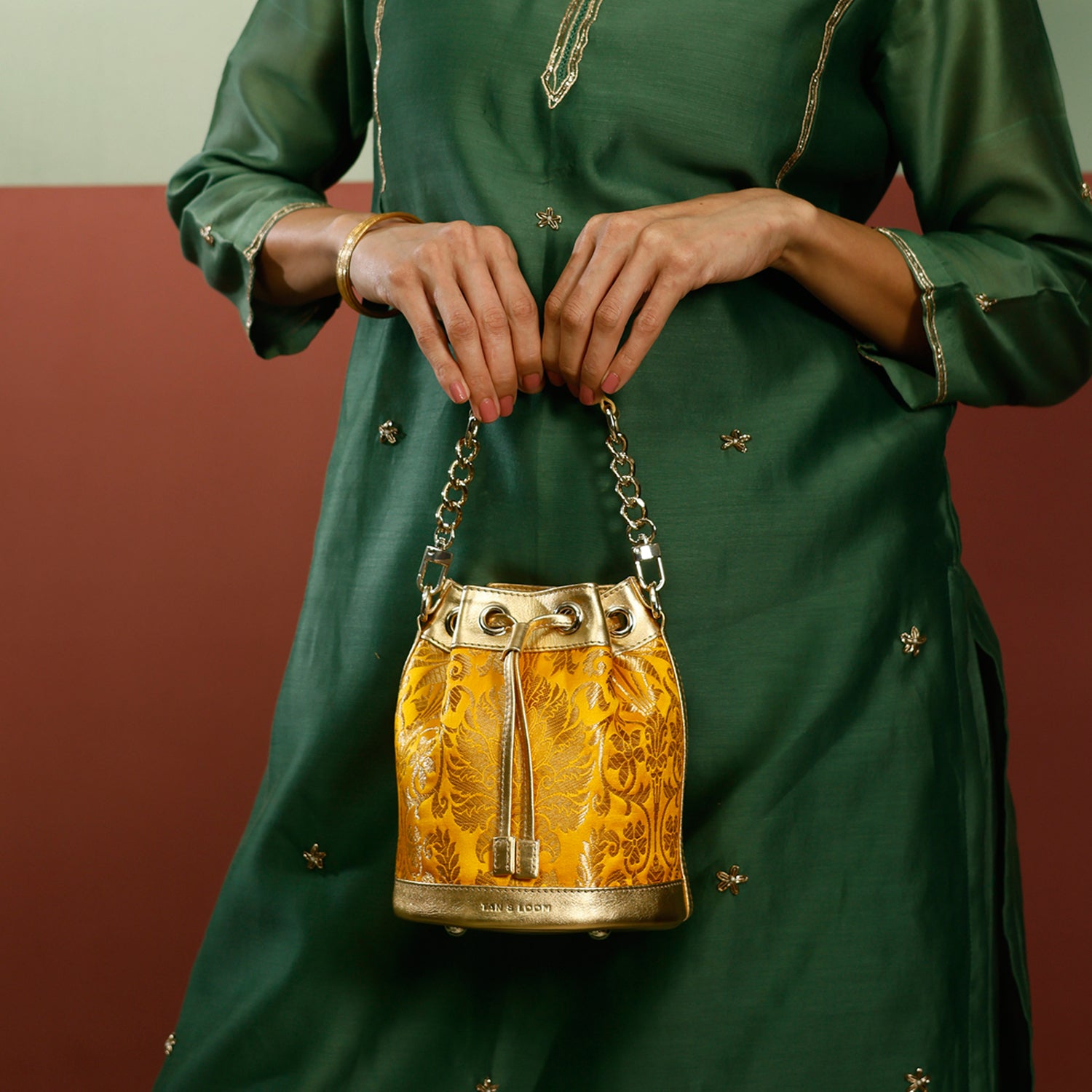
Banarasi Brocade: Threads of Opulence
Originating from Varanasi, India, and celebrated since the Mughal era, this exquisite fabric shines with intricate zari thread-work. Ideal for weddings and festivals, Tan & Loom's signature bucket bags are a testament to reviving this fabulous loom.
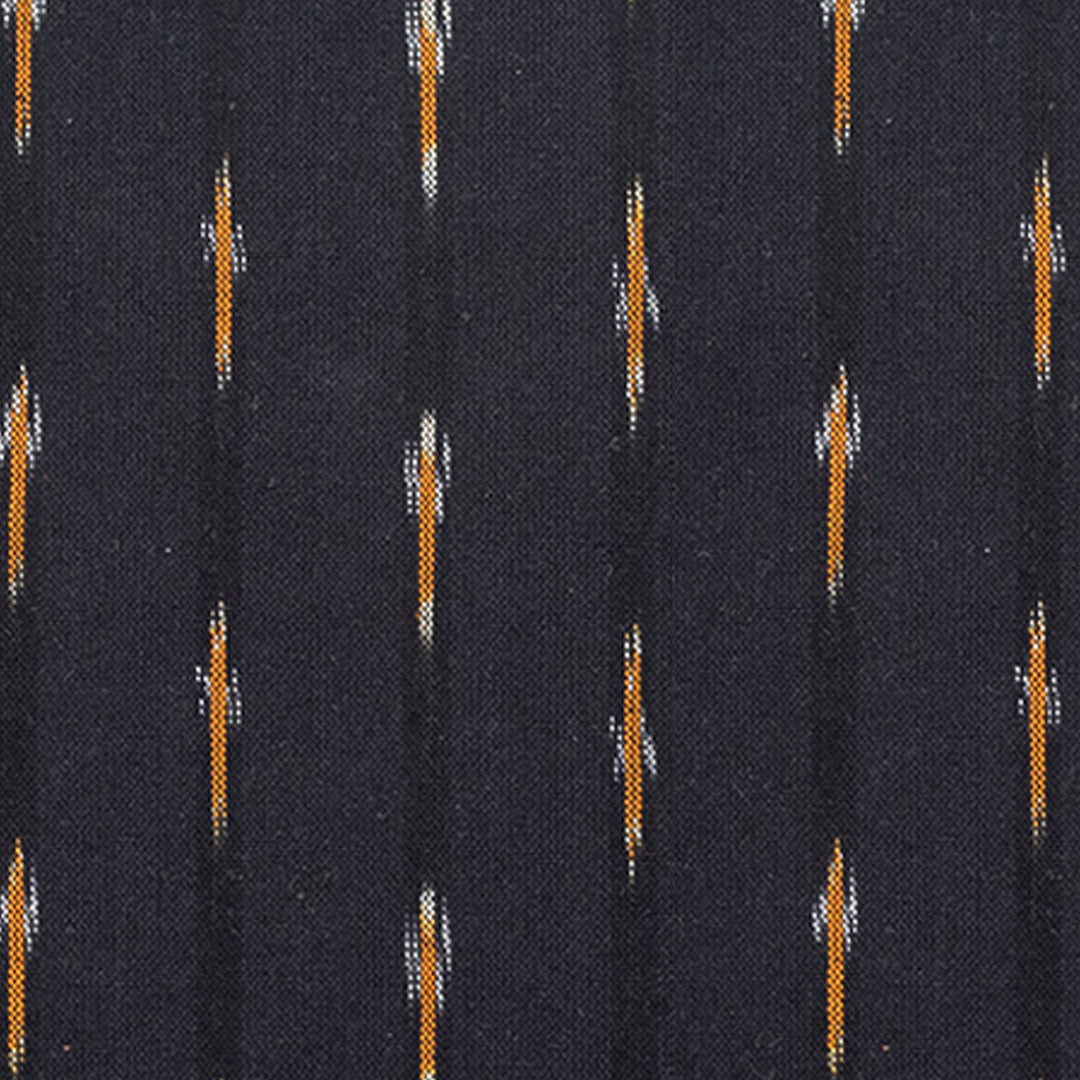
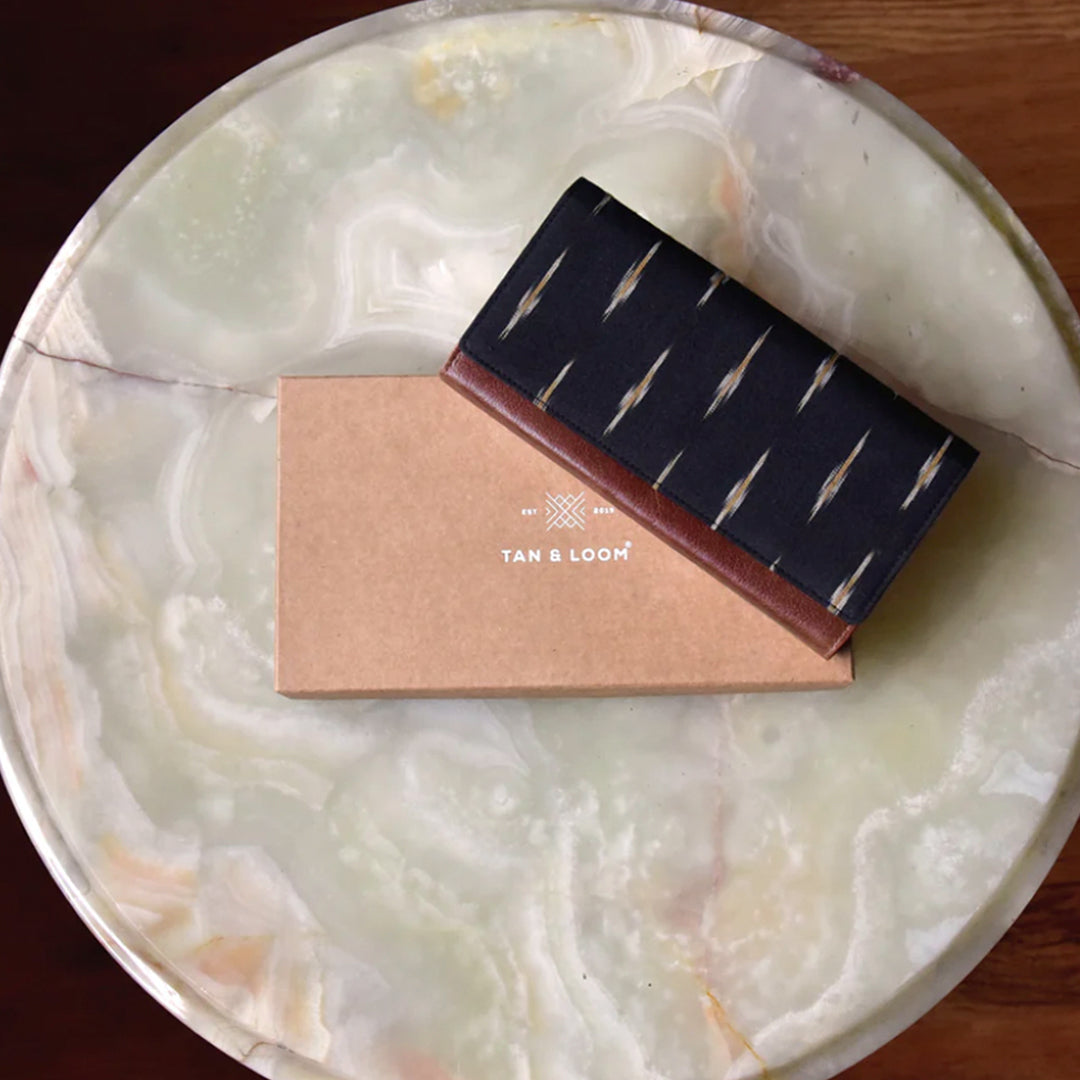
Ikat: A global icon
This nomadic textile transcends borders with global appeal, leaving its mark across continents from Latin America to Africa, Uzbekistan to Indonesia, and its homeland of India, leaving a lasting impact. Its legacy dates back to ancient Yemen and is depicted in 7th-century Ajanta Cave paintings, inspiring our vibrant Uzbek-style and local designs at Tan & Loom.


